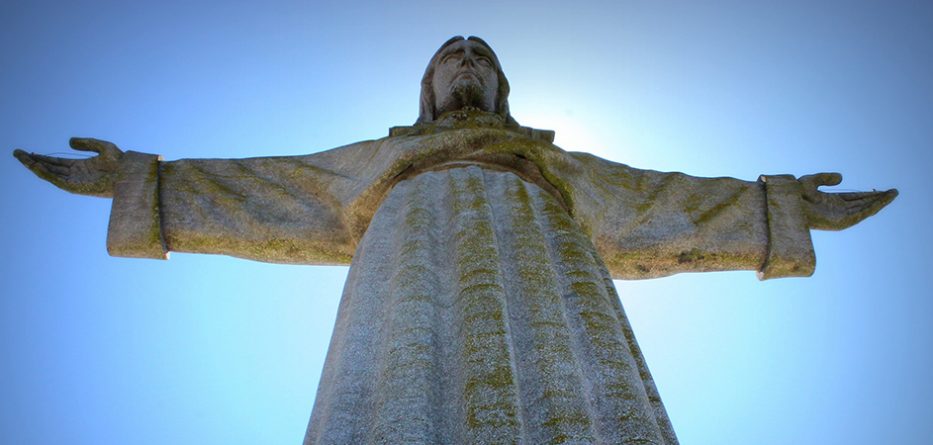During a recent Q&A in a Catholic school, I asked the fourth-graders who Jesus was for them. One bright young lad said, “Jesus is so cool. He’s better than Superman.”
No one in the class laughed or looked bemused at this suggestion. “I don’t think so,” I said, but before I could explain further, the young theologian excitedly interrupted me. “No, you’re right, Father,” he said. “Jesus was human, so he is more like Batman or Ironman, only better.” In the circumstances, having Christ come out as the best of the superhero bunch might be counted as a win.
It should not surprise us that this genre now forms the theological paradigm within which the story of Jesus is often understood by young Catholics. The Marvel superhero franchise is now the biggest thing at the cinema. Though they have been popular since they first appeared in a comic book in 1939, since the film Iron Man was released in 2008, we cannot get enough of Captain America, Thor, Iron Man, Wolverine, Spider-Man, X-Men, the Fantastic Four and the Hulk. Avengers: Endgame is now the biggest grossing film of all time, having made US$2.8 billion worldwide since it opened in April. In fact there are 200 different Marvel heroes, so the takeover may have only just begun.
The premise of the superhero is found in Greek philosophy, where the good vigilante restores moral justice. As Aristotle says in Politics, “There are men [sic], so godlike, so exceptional, that they naturally, by right of their extraordinary gifts, transcend all moral judgment or constitutional control. There is no law which embraces men of that calibre: they are themselves law.”
These superhero films may not to be to everyone’s taste, but many teenagers and young adults are enthralled by them, and they deserve careful analysis. While 18-to-30-year-olds are the least likely demographic to attend Christian worship in developed countries, it does not mean they are lacking in any interest in the metaphysical. Of the top 20 box-office films of all time, 13 are about other worlds, other modes of existence or different forms of beings. Angels and spirits have never had it so good.
At the cinema young people are contemplating their place in a larger frame of reference, where physical laws count for less and a personal relationship with a metaphysical and, often, a meta-ethical world, is taken seriously. Whether we like it or not, the multiplex, not the church, is the context within which an increasing number of people encounter a world of otherness, of ethical systems, personal and social mythologies that transcend the everyday.
Margaret Miles rightly argues in her 1996 book, Seeing and Believing: Religion and Values in the Movies: “The development of popular film coincided historically and geographically with the emancipation of public life from church control and patronage. ‘Congregations’ became ‘audiences’ as film created a new public sphere in which, under the guise of ‘entertainment’, values are formulated, circulated, resisted, and negotiated. The public sphere is an arena in which various overlapping minorities can converse, contest and negotiate, forming temporary coalitions.”
Why has this superhero franchise taken such hold on this generation? It seems the need for a Messiah never goes away. Young people want some comfort and reassurance. They want to imagine being saved from the external threats by someone, anyone, who can bring order out of the ongoing disorder that has characterised their young lives.
What worries me especially about these films is the dynamic that is established between the saviour and the saved: passivity. The Messiah destroys evil and restores balance and hope; the rest of us just have to stay out of the road and watch open-mouthed. While we believe Jesus saves us from the forces of evil and destruction, we are not passive in our salvation. Amazing grace might be unearned and undeserved, but it is not forced upon us, because we can reject faith, and hope and love. We are invited to enjoy the saving love of God in an ongoing relationship with the Father, the Son and the Holy Spirit that sees us do all we can to work with them to renew the face of the Earth.
Richard Leonard SJ is the director of the Australian Catholic Office for Film and Broadcasting and is the author of The Mystical Gaze of the Cinema: The Films of Peter Weir (Melbourne University Publishing).
This article was originally published on The Tablet website on 29 August 2019.
Republished with permission from Richard Leonard SJ and The Tablet.








